The latest tightening of global liquidity has come to an end this week, as central banks continue to curb the rising prices at the risk of triggering an economic recession.
The Federal Reserve took the lead on Wednesday by raising interest rates by another 75 basis points, continuing its most aggressive tightening action since 1981; the Swiss National Bank followed suit the next day with a more aggressive increase of 75 basis points in interest rates, while the Bank of England opted to raise the benchmark interest rate by 50 basis points to 2.25%, marking the seventh consecutive increase.
Central banks in Indonesia, the Philippines, South Africa, and Norway have also followed suit, with unexpected increases in interest rates, further boosting the global shift towards tighter monetary policies.

The commitment of monetary policymakers to do whatever it takes to suppress inflation has sparked growing concerns that their aggressive actions will lead to a global recession.
The US dollar, which usually strengthens during uncertain times, continued its recent uptrend, with the US dollar index breaking through 113 on September 24, continuously setting new highs since 2002.
The strengthening of the US dollar has a knock-on effect. For emerging economies, it exacerbates the burden of dollar-denominated debt and prompts capital outflows. Data from the International Monetary Fund (IMF) shows that about 20 emerging markets are in bad debt transactions. The World Bank states that emerging and developing economies are facing a perfect storm of weak growth, very high interest rates, and a highly challenging external environment.
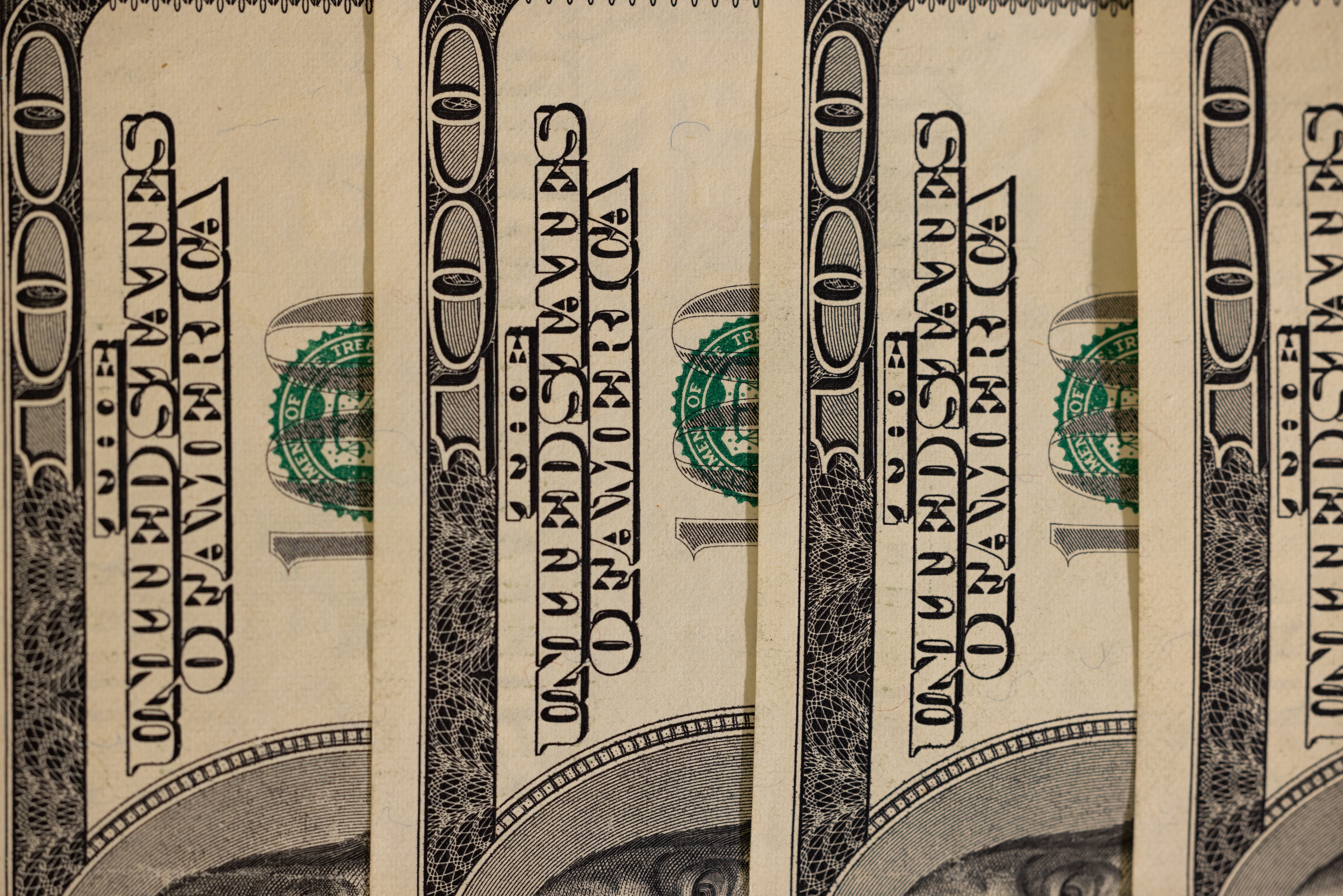
However, the more direct and short-term impact comes from emerging markets in Asia, where assets are facing three negative factors: a slowdown in global economic growth, the continued strengthening of the US dollar, and the repatriation of portfolio funds to US dollar assets.

01 Central Banks' Tightening and Retention
Central banks around the world are striving to address a public confidence crisis by competing to raise interest rates to suppress persistently high inflation.
The actions of the Federal Reserve are the most closely watched, with most central banks increasingly following the same or even more aggressive interest rate hikes. On September 21st, local time, the Federal Reserve raised the federal funds rate by 75 basis points to a range of 3.0%-3.25% and significantly increased the expected path of the fund rate for the next few years, with the final rate for 2023 expected to be adjusted to 4.6%.
The Swiss National Bank announced a 75 basis point rate hike on September 22nd, raising the policy rate from -0.25% to 0.5%, ending an eight-year negative interest rate policy and concluding the last experiment of setting negative interest rates in Europe; The Riksbank of Sweden raised its key rate by 100 basis points earlier this week, marking the largest tightening in nearly 30 years, and the central bank also expects further rate hikes in the next six months, with the rate potentially reaching 2.5% next year.
Facing the worst inflation in 40 years, the Bank of England avoided a larger interest rate hike that the market had expected. On September 22, the bank announced a 50 basis point interest rate hike, the seventh since December last year. The benchmark interest rate was raised to 2.25%, the highest level since the international financial crisis in 2008.
The Bank of England's trade-off between inflation and the economy is particularly evident. Among the nine members of the bank's Monetary Policy Committee, five voted in favor of raising the interest rate by 50 basis points to 2.25%, three voted for a 25 basis point increase, and one advocated for a 25 basis point increase.
During the same period, the Central Bank of Norway raised its interest rate by 50 basis points, while both the South African Reserve Bank and the Qatar Central Bank chose to raise their interest rates by 75 basis points.
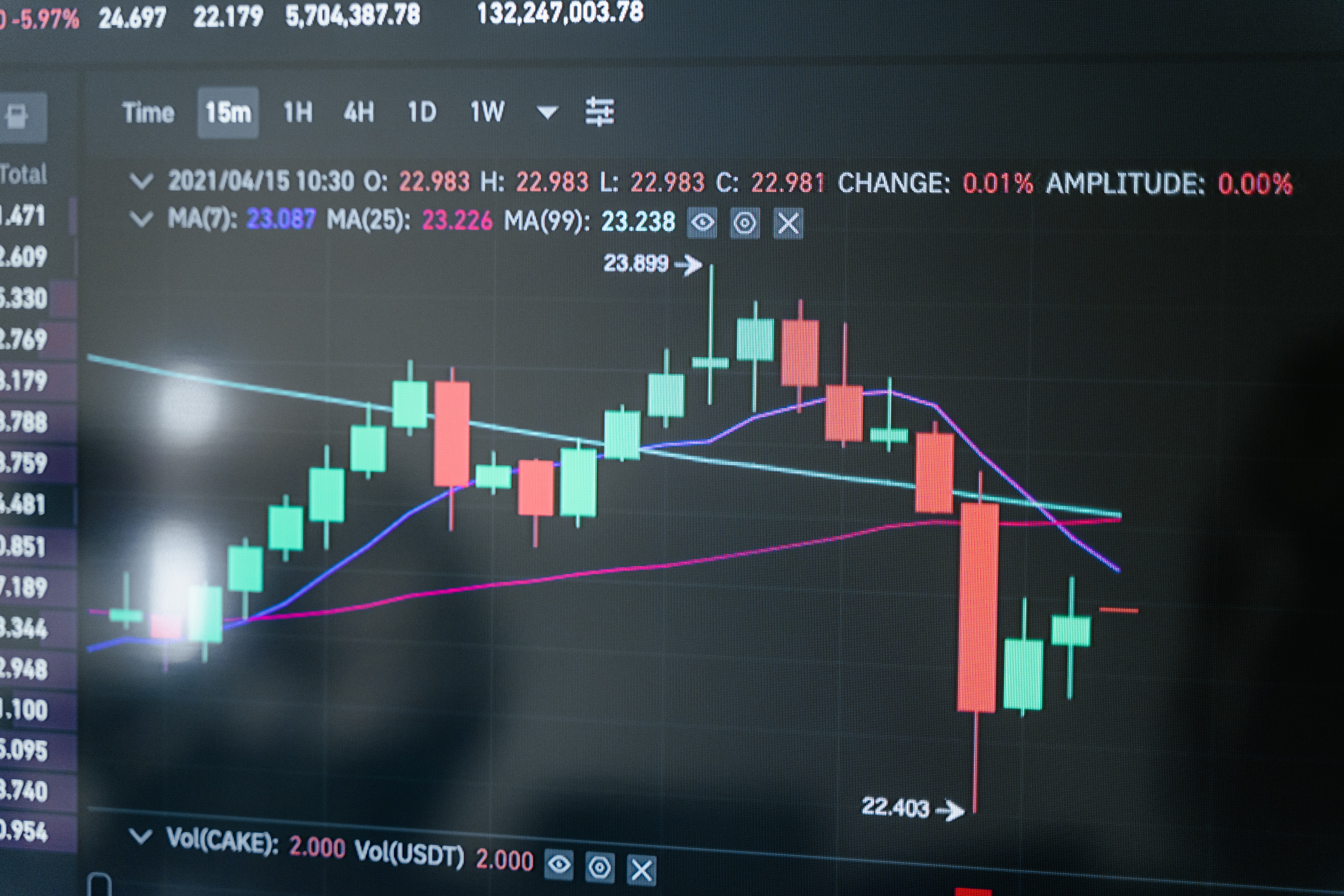
Emerging markets in Asia are particularly sensitive to the tightening of the Federal Reserve, and the financial markets in the region continue to be affected by the strong dollar. On the day following the Fed's rate hike, the central banks of the Philippines, Vietnam, and Indonesia each raised interest rates by 50, 100, and 50 basis points, respectively.
Even Asian emerging economies that have not yet adjusted interest rates have taken other measures to alleviate ongoing inflation and dollar pressure.
For example, the Bank of Japan, which has maintained a constant yield curve, stated on September 22 that it would continue its ultra-loose monetary policy. The central bank has long argued that the fundamental demand of the Japanese economy remains weak and that its monetary policy is not aimed at the exchange rate.

However, under the backdrop of the Japanese yen's exchange rate hitting a 24-year low, the Japanese Ministry of Finance announced the same day to intervene in the foreign exchange market, that is, to buy yen and sell US dollars, in order to prevent the yen from further devaluation. This is the first time the Japanese government has intervened in the foreign exchange market since June 1998.
The above central bank's pace indicates that the Federal Reserve still dominates the financial market this week. Ellen Gaske, Chief Economist of G10 Economies at PGIM Fixed Income, and Robert Tipp, Global Head of Bond Investment Strategy, said that considering the hawkish outcome, the market reaction can be anticipated: short-term interest rates rise, stock prices fall, and credit spreads widen. However, the Federal Reserve may be approaching the end of the interest rate hike cycle, and long-term interest rates may also be close to the peak of this cycle.

The two stated that the Federal Reserve sent a clear message at the meeting that interest rates will rise in the long term. However, in the absence of relief from inflation in the latest CPI report, the Federal Reserve has also advanced its overall tightening policy, expecting to raise interest rates by an additional 125 basis points in the remaining two meetings of the year. “This is a more hawkish move than expected, which will bring interest rates to 4.4% by the end of 2022.” It added that the outlook for risk appetite can only be described as either half empty or half full, depending on how inflation develops.
Ellen Gaske and Robert Tipp believe that the lagging effect of the Federal Reserve's monetary policy tightening at a rate of 75 basis points is taking shape, which may lead to an over-contraction. Given the Federal Reserve's more aggressive stance, the risk of a recession may have increased, and if inflation does not show more clear signs of slowing down in the next few months, the Federal Reserve may further tighten, thereby increasing the risk of a recession.
Goldman Sachs has now lowered its year-end forecast for the S&P 500 index to 3,600 points; the Citi team stated that the Federal Reserve has almost committed the United States to a recession.
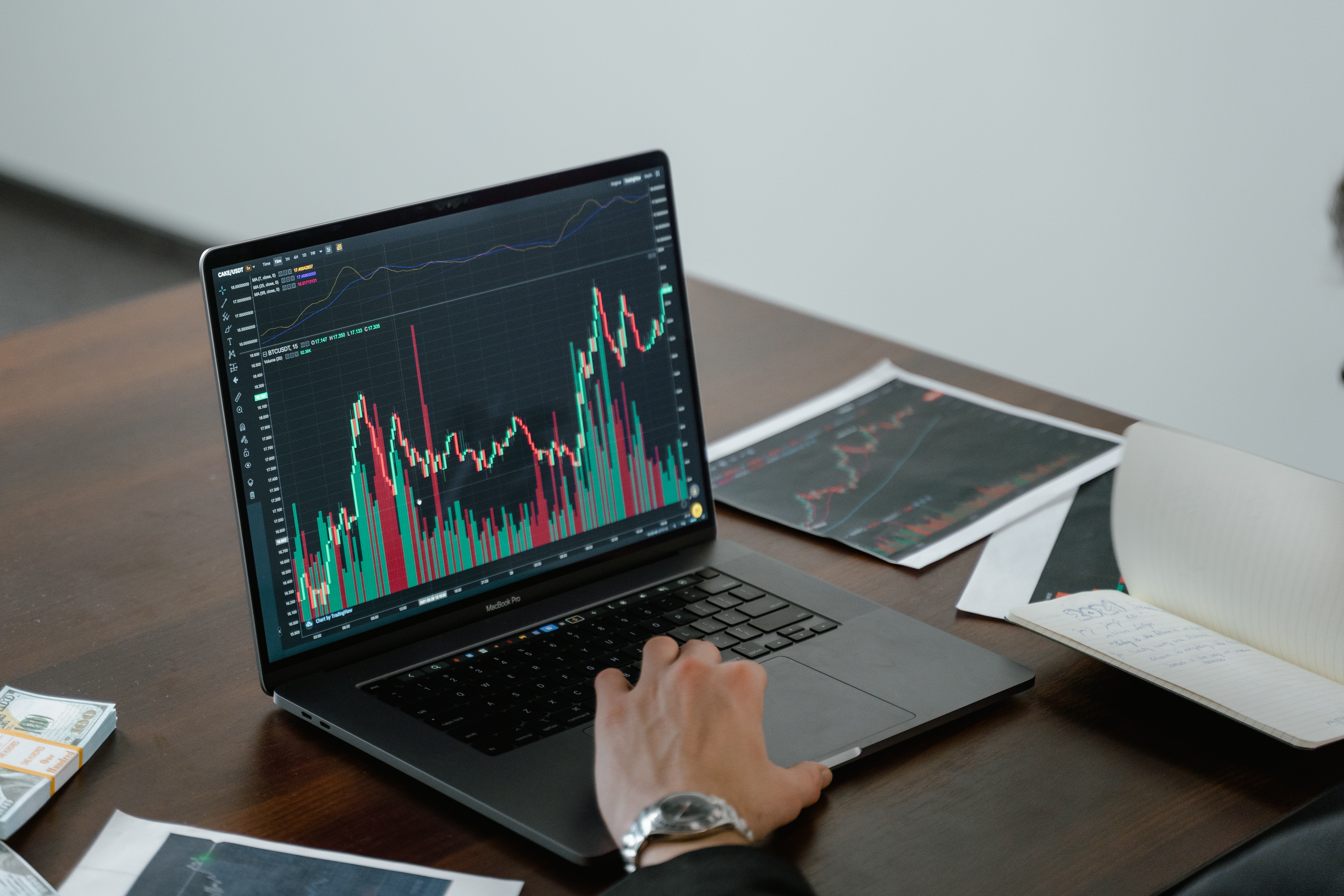
The Chief Economist of Bank of China (Hong Kong), O Zhihuan, stated that the Federal Reserve can still raise interest rates by a total of 125 basis points in the remaining two meetings this year. As the Federal Reserve continues to raise interest rates, the short-term U.S. Treasury bond yields, which are the most sensitive to policy rate changes, will rise. In contrast, the long-term U.S. Treasury bond yields, which reflect economic prospects, may decline due to expectations of a recession.
In the view of Zhao Yaoting, the Global Market Strategist for Invesco Asia Pacific (excluding Japan), it is unlikely that U.S. Treasury bond yields will remain at a lower trading range level, and the 10-year U.S. Treasury bond yield is expected to approach 5%. Zhao Yaoting pointed out that before the global financial crisis in 2008, the 10-year U.S. Treasury bond yield had been maintained at 5.1% for 15 consecutive years, while the average CPI (Consumer Price Index) was about 2.7%.
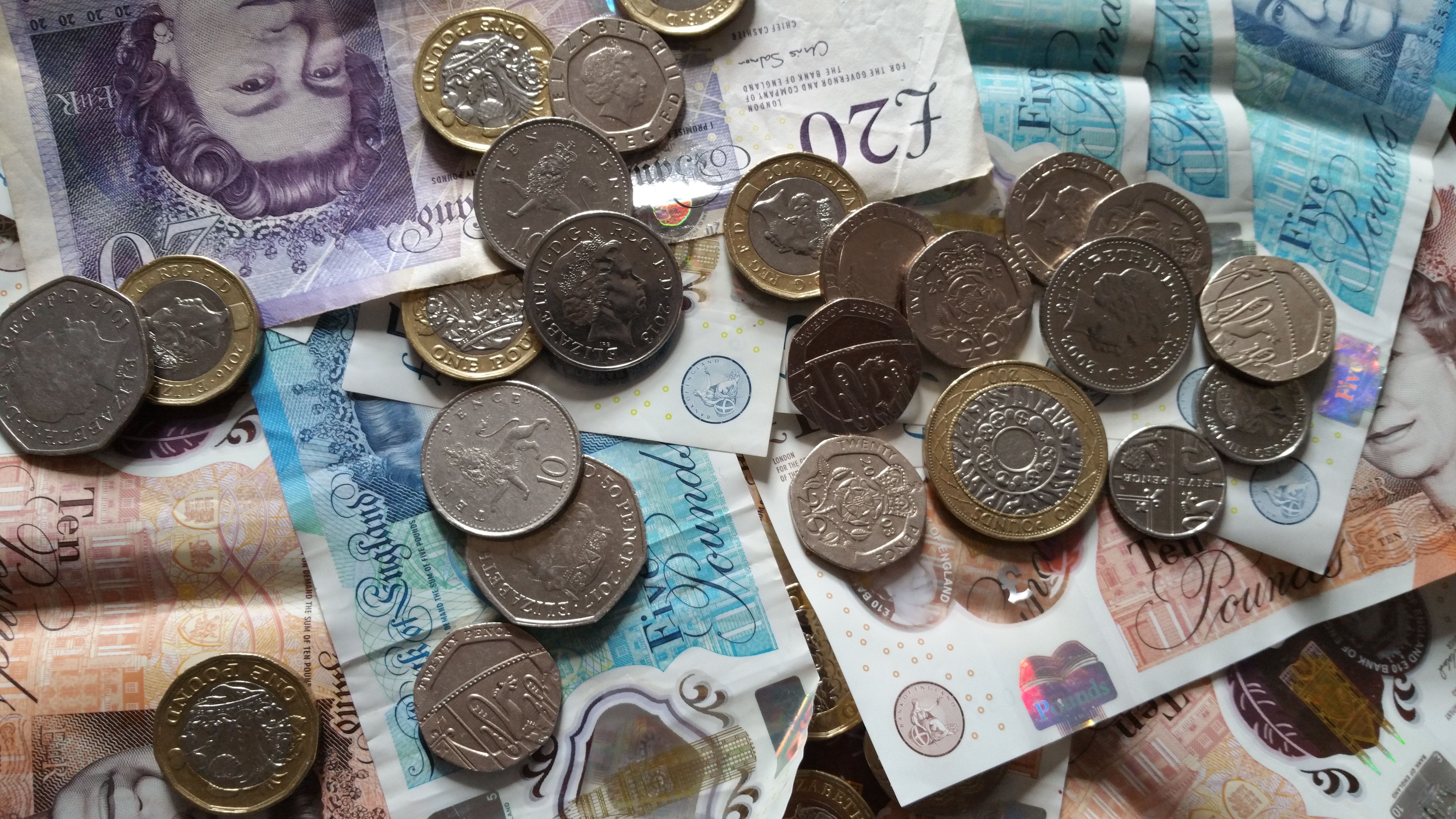
02 Overweight Asian stocks and high-quality government bonds
Concerns about economic recession and the persistently strong Federal Reserve continue to push the US dollar to strengthen against its peers. So far this year, the US dollar index has risen by more than 14%.
The US dollar is expected to remain strong in the near term but may have peaked recently. If international commodity prices fall, it could become a turning point for the decline in US inflation, which would lead the Federal Reserve to slow down the pace of interest rate hikes in the future, limiting the further rise of the US dollar.
Some changes have occurred in the current trend, but overall, even with higher inflation, the US economy has performed relatively well, and it is expected to perform well in the next quarter as well, there is still room for the US dollar to rise.
The strengthening of the US dollar has intensified market concerns about the economic slowdown in some developing economies, which may struggle to repay US dollar-denominated debts, thereby posing a threat to a balance of payments crisis.
However, financial assets have a more direct and short-term impact. Under a strong US dollar, global capital continues to flow towards the US dollar. A prolonged large-scale capital outflow has led to the depreciation of the currencies of most Asian emerging countries.
So far this year, the Japanese yen has depreciated by 20% against the US dollar, with its real effective exchange rate reaching the lowest level since 1970; The South Korean won has broken through the psychological threshold of 1,400 won per US dollar for the first time since 2009 on Thursday, and has depreciated by more than 15% since the beginning of this year, becoming the worst-performing Asian emerging currency during the same period; The offshore renminbi has now fallen to its lowest level since 2020; The Thai baht has fallen by 0.6%, reaching a 16-year low.
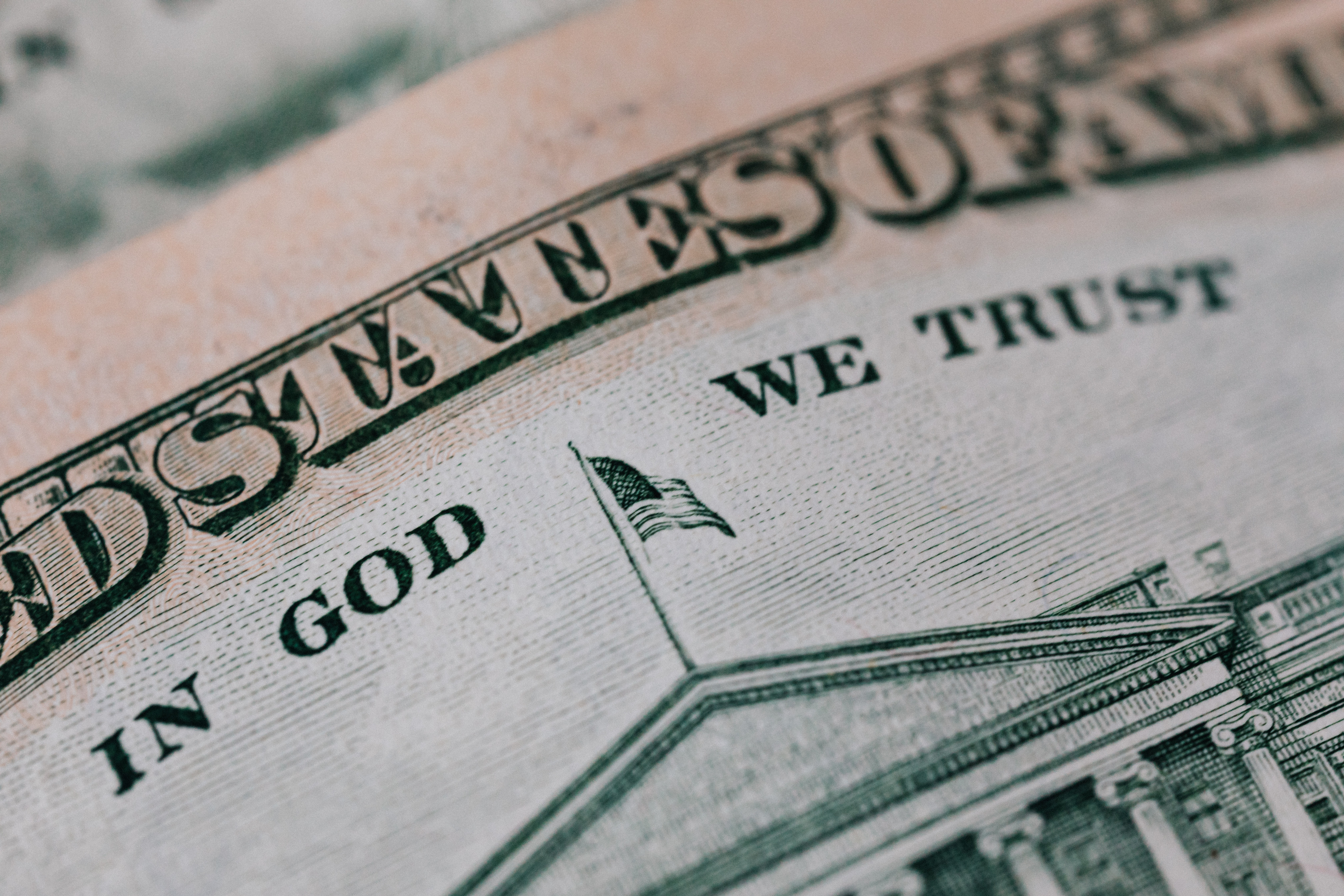
Asian currencies are weakening more broadly, with the MSCI emerging markets currency index falling by about 7.5% so far this year, which is expected to be the largest drop since 2008.
In September 2022, emerging Asian countries excluding China saw a cumulative outflow of about $64 billion from their stock markets, which is higher than the annual capital outflow in 2021. As of September 16th, foreign capital has been continuously flowing out of emerging Asian stock markets excluding China for a month, with a total capital outflow of $4.23 billion during the same period.
Although the foreign exchange reserves and policies to cope with the Federal Reserve's tightening of Asian emerging countries have improved compared to the past, the total capital outflow of major Asian emerging economies in the second quarter of 2022 still exceeded several major crises that have occurred since 2007.

The differences in monetary policy between China and the United States are not only reflected in direction but also increasingly deepen in degree. Currently, there is a certain impact on the domestic capital market, but the foreign capital flow in China's stock and bond markets depends more on foreign investors' judgment of China's economic fundamentals and financial market risks.
In Invesco's model asset allocation, the institution is overweight in government bonds, including those in Europe and the United States, and emerging market stocks, especially Chinese stocks; relatively underweight in commodities and high-yield bonds.
Among the currencies of Asian economies, Invesco has a relatively optimistic view of North Asia. In the long term, the currencies of Mainland China, South Korea, and Japan all have the potential for appreciation. Currently, the semiconductor industry has basically bottomed out, and as the supply chain recovers, the currencies of these economies will also benefit.

The current valuation of China's A-share market is significantly attractive, but it needs long-term observation to see if the rebound can be sustained. From an industry perspective, Invesco is more optimistic about industries supported by the government, especially renewable energy, wind energy, solar energy, electric vehicles, and high-tech manufacturing.
The European Central Bank, the Bank of England, the Bank of Canada, and other major central banks have all followed the Federal Reserve's policy in raising interest rates, which has brought significant pressure to global stocks in the short term. The duration of the downturn mainly depends on the pace of the Federal Reserve's interest rate hikes.
In an environment of economic slowdown, the transformation of defensive industries and defensive stocks is likely to continue. In addition, the duration of the continued slowdown in the US economy is very likely to be relatively short, and there will be a strong rebound in the second half of 2023. At that time, technology stocks should perform well.
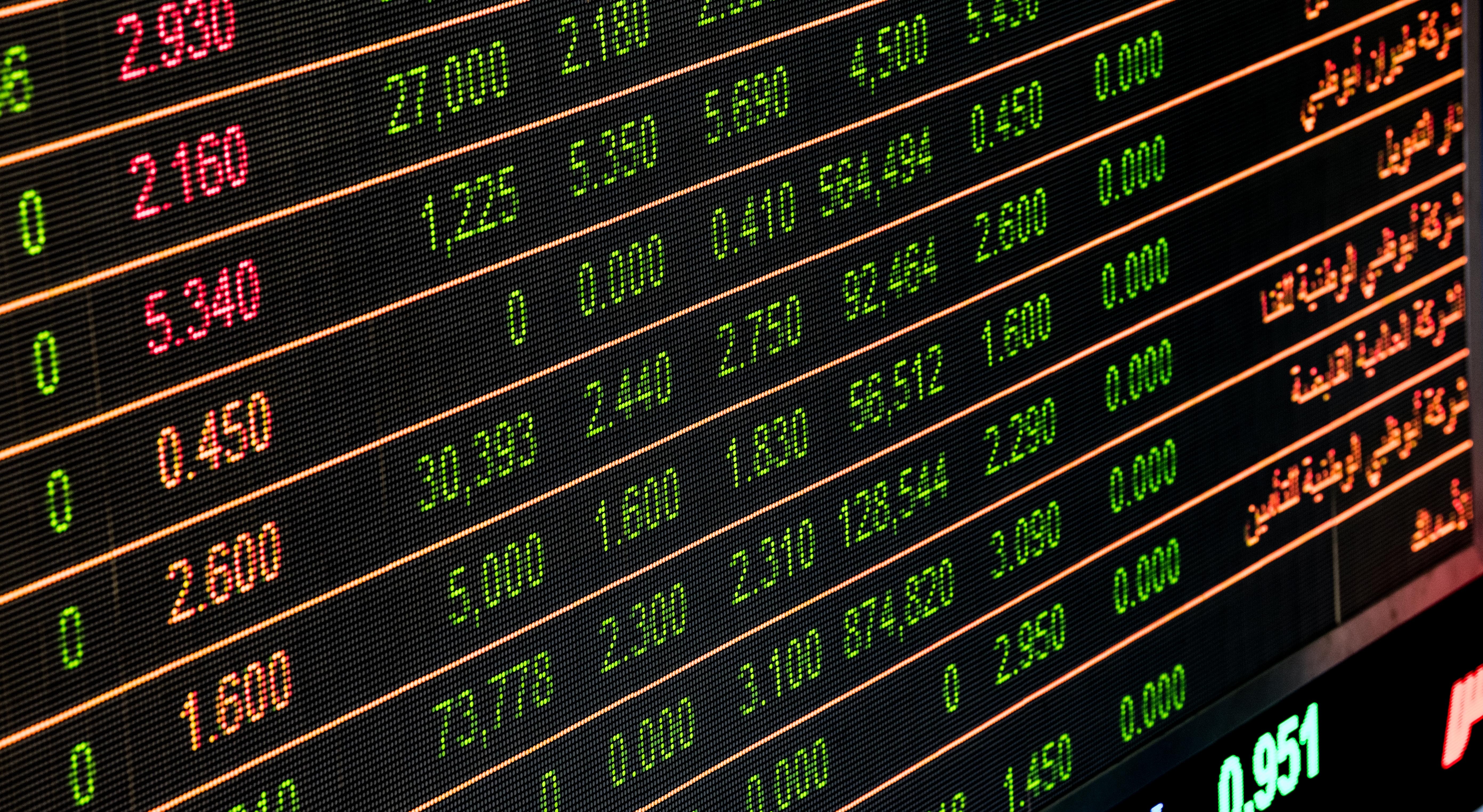
PIMCO believes that investors should start to take a more proactive approach to opportunities in the public markets, and may even consider shifting some assets from private equity strategies to lagging and significantly lagging areas. However, investors should also prepare for medium and long-term opportunities and make full use of the opportunities for corporate credit mismatches. The institution also favors high-quality Chinese credit with a solid balance sheet and strong business model resilience.
Note: The above content and views are for reference only and do not represent any position of our company, nor do they constitute investment advice. Please treat them with caution.








